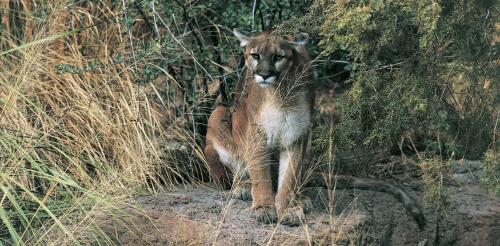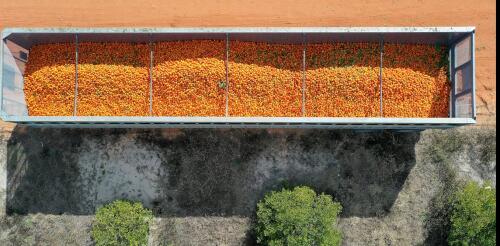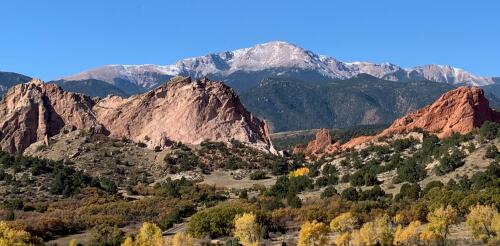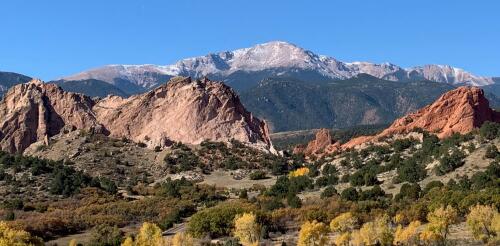Local
Constellation, an energy company that provides electricity and natural gas to customers in 16 states and Washington, announced on Sept. 20, 2024, that it plans to restore and restart Unit 1 at Three Mile Island, a nuclear plant near Middletown, Pennsylvania, that was shut down in 2019. Microsoft has signed a 20-year agreement to purchase electricity generated by the plant to offset power demand from its data centers in the mid-Atlantic region. Three Mile Island was the site in 1979 of a partial meltdown at the plant’s Unit 2 reactor. The Nuclear Regulatory Commission calls this event “the most serious accident in U.S. commercial nuclear power plant operating history,” although only small amounts of radiation were released, and no health effects on plant workers or the public were detected. Unit 1 was not affected by the accident. University of Michigan nuclear engineering professor Todd Allen explains what restarting Unit 1 will involve, and why some other shu...
Hunting large carnivores is a contentious issue in wildlife management and conservation. It’s on the ballot in fall 2024 in Colorado, where voters will consider Proposition 127, a proposed ban on hunting and trapping of mountain lions, bobcats and lynx in the state. Wildlife agencies often use regulated hunting as a tool for controlling carnivore populations, reducing their impacts on vulnerable wildlife or minimizing the risk of conflict between carnivores and people, pets and livestock. But scientific studies have questioned how effectively recreational hunting achieves these goals. And public attitudes are shifting as participation in hunting declines. We direct Colorado State University’s Center for Human-Carnivore Coexistence and Animal-Human Policy Center. Together with our colleague Benjamin Ghasemi, we recently surveyed Colorado residents about their perceptions of hunting mountain lions and black bears in the state. We found that support for hunting depen...
Citrus trees showing natural tolerance to citrus greening disease host bacteria that produce novel antimicrobials that can be used to fight off the disease, our recent study shows. We found the trees at an organic farm in Clermont, Florida. Citrus greening disease – known more formally as Huanglongbing, or HLB, is caused by the bacterium Candidatus Liberibacter asiaticus. It is spread by an insect called the Asian citrus psyllid. There is no known cure for the disease. We are Florida-based researchers who study sustainable farming practices, a discipline also known as agroecology. Our team has isolated these antimicrobial compounds in the lab and is now working to test them with the goal of producing an effective treatment for HLB. Why it matters HLB has dealt a massive blow to Florida’s iconic citrus industry. Since citrus greening disease was first detected in the state in 2005, Florida citrus production is down by more than 92%. The disease is just one factor....
Around 700 million years ago, the Earth cooled so much that scientists believe massive ice sheets encased the entire planet like a giant snowball. This global deep freeze, known as Snowball Earth, endured for tens of millions of years. Yet, miraculously, early life not only held on, but thrived. When the ice melted and the ground thawed, complex multicellular life emerged, eventually leading to life-forms we recognize today. The Snowball Earth hypothesis has been largely based on evidence from sedimentary rocks exposed in areas that once were along coastlines and shallow seas, as well as climate modeling. Physical evidence that ice sheets covered the interior of continents in warm equatorial regions had eluded scientists – until now. In new research published in the Proceedings of the National Academy of Sciences, our team of geologists describes the missing link, found in an unusual pebbly sandstone encapsulated within the granite that forms Colorado’s Pikes Peak....
Around 700 million years ago, the Earth cooled so much that scientists believe massive ice sheets encased the entire planet like a giant snowball. This global deep freeze, known as Snowball Earth, endured for tens of millions of years. Yet, miraculously, early life not only held on, but thrived. When the ice melted and the ground thawed, complex multicellular life emerged, eventually leading to life-forms we recognize today. The Snowball Earth hypothesis has been largely based on evidence from sedimentary rocks exposed in areas that once were along coastlines and shallow seas, as well as climate modeling. Physical evidence that ice sheets covered the interior of continents in warm equatorial regions had eluded scientists – until now. In new research published in the Proceedings of the National Academy of Sciences, our team of geologists describes the missing link, found in an unusual pebbly sandstone encapsulated within the granite that forms Colorado’s Pikes Peak....




